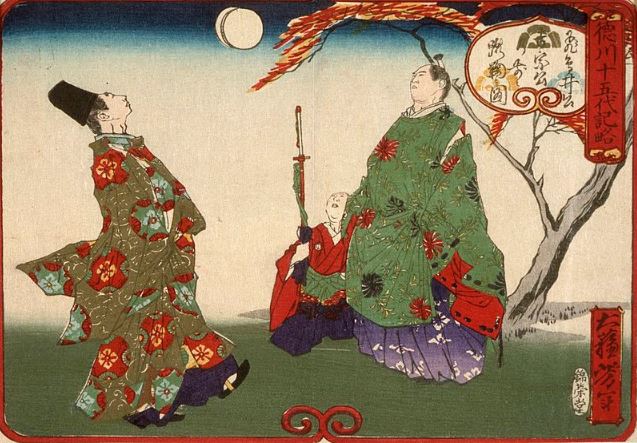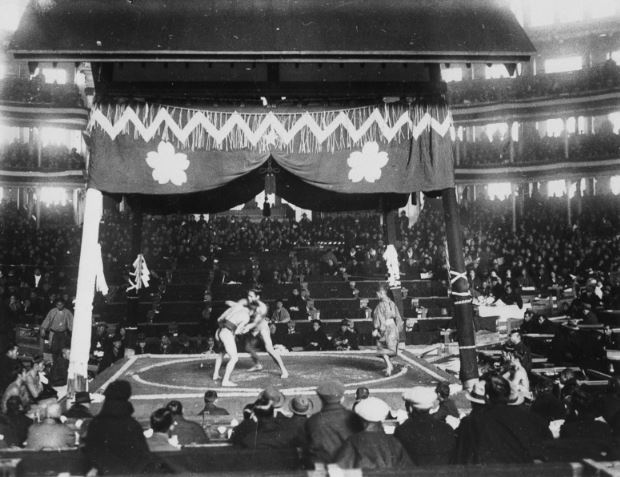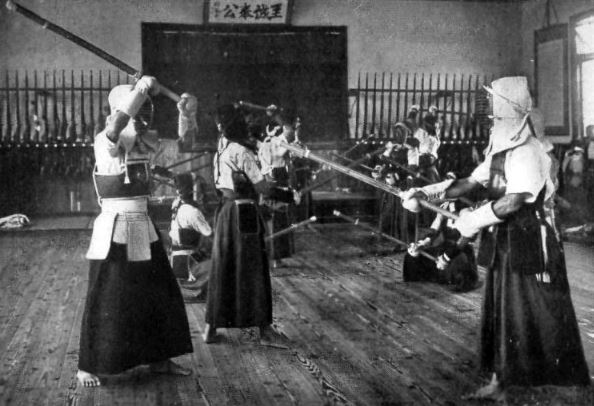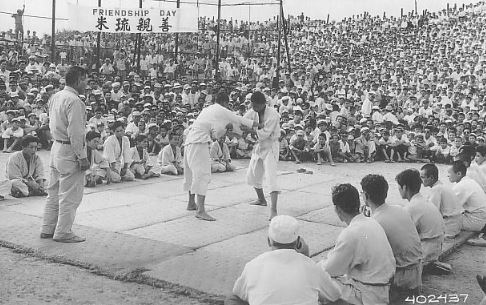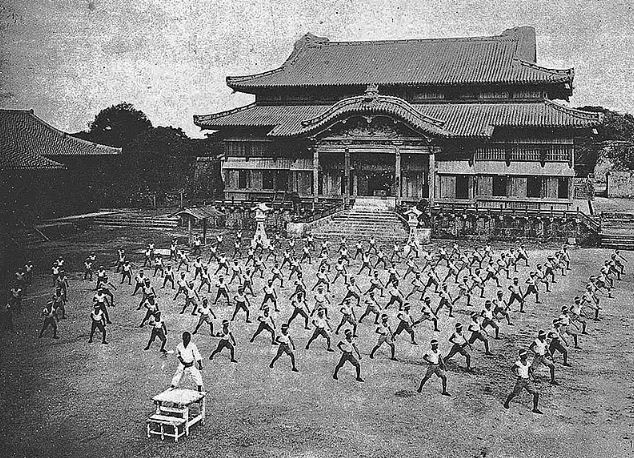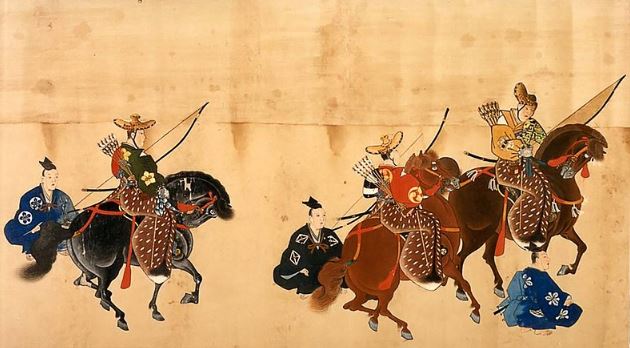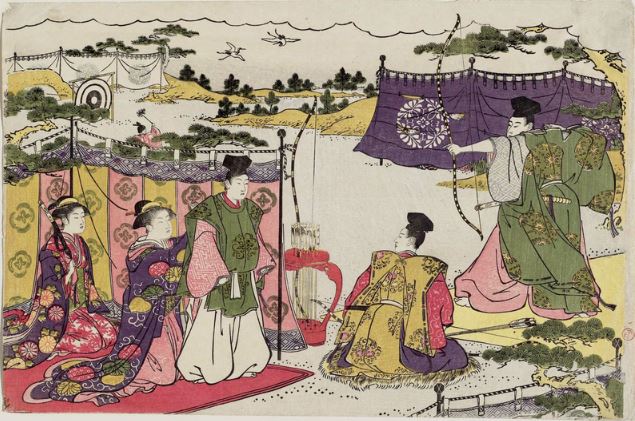Japan may not always come first to mind when thinking about countries with rich sports culture and sports-loving people. It’s no surprise, given that the Land of the Rising Sun is more renowned for other things like its mouthwatering cuisine, stunning natural sights, manga and anime, advanced technology, quirky inventions, and cultural values like discipline, punctuality, and politeness.
Yet, the country actually boasts great interest in sports and has a wide array of ancient Japanese sports and activities, many of which its people still play today. Sports play a significant part in their culture, and their passion for athletics can compete with any other nation. Here, let’s take a look at the sports enjoyed in Ancient Japan and have a glimpse of its unique and deep sporting history.
Sumo
Among the most popular Japanese sports is Sumo, also the country’s national sport. It primarily involves wrestling but has different rules and styles compared to its western counterpart.
Sumo features two wrestlers on a raised ring called a dohyo, typically a mound made of rice straw bales, and clay. The game starts with both players placing both their hands on the ground. They’ll try to knock each other down or push each other out of the ring through a series of shoves, slaps, and throws to win the game.
A player is disqualified should he lose his mawashi, the loincloth sumo wrestlers wear during competition. Thus, giving his opponent the victory.
While most non-Japanese people look at sumo wrestling as comical, the sport actually started as a religious occasion. You can see a priest purifying the ring and throwing salt before the start of the match as part of the ritual.
Moreover, the sport’s structures are formalized each step of the way, including the training, living in the heya (wrestler houses), and retirement. They also need to follow a strict diet and dress codes and use symbolic stage names. Plus, the ranking also exists among the wrestlers, and the hierarchy determines how a wrestler is treated.
Six official tournaments are held in Japan annually in four different locations: Tokyo, Fukuoka, Nagoya, and Osaka. As it’s a popular spectator sport, tickets usually tend to sell out quickly. That’s why it is advisable to book tickets in advance. Should you miss out, an excellent alternative would be watching sumo wrestling training sessions. Though bouts should end in a matter of seconds, it is still an enthralling experience seeing sumo wrestlers in action and witnessing the ritualistic aspect and players’ sheer force as they battle inside the arena.
Kendo
Kendo, which means “the way of the sword,” is another sport enjoyed in ancient Japan. It traces its roots to kenjutsu, a type of sword-based fighting and training practiced by the samurai. The main difference is that players utilized big, hollow bamboo or other wooden swords, instead of real metal swords. Yet, they still don the traditional dress hakama, protective armor, and the metal mask, as they combat using different sword techniques.
Kendo is offered as an optional sport or elective in Japan. Many schools also dedicate an extracurricular club to it. If you visit a Japanese school, chances are you’ll see students practicing the sport with full gear on.
Indeed, kendo is a discipline with a huge sense of tradition and a long significant history, which continues to prevail in the country, as well as spread in other nations.
Judo
Established in 1882, Judo is one of the most famous traditional forms of Japanese martial arts. It combines jujitsu, another form of Japanese wrestling, with mental disciplines and principles of self-defense. Players make use of the opponent’s force and redirect the same strength to defeat their opponent.
The sport rose into popularity due to its dominance against other jujutsu in tournaments, while its global prominence was bolstered by its inclusion in the Olympic Games. Today, Judo remains an integral part of Japan’s sports fabric and is widely practiced across the country.
Karate
Karate is yet another Japanese traditional martial arts form and is among the most renowned around the world. It originated in Okinawa, Japan in the 14th century, but was primarily influenced by Chinese martial arts. In karate, competitors use their hands, fists, and feet for striking different maneuvers.
A player wins by scoring the most points from kicks, punches, and throws. Yet, unlike other combative sports, karate is more practical, as stances are deep and everything tends to be linear and controlled.
Today, karate is a global phenomenon, with over 100 million people in 192 countries across the globe practicing the sport.
Yabusame
Yabusame is the ancient Japanese art of archery done while riding a galloping horse. An opposite of sumo wrestling, it first started as a sport to show off before it was adopted as a religious ceremony. In the old times and during samurai battles, shooting bows and arrows and hitting targets while going full speed on horseback was deemed to be a highly esteemed skill. In modern times, yabusame events are done mainly as demonstrations in festivals, shrines, and temples. Though it’s far too difficult to learn, some places in the country allow people to try it through classes, perfect for those who want to have a cool sport to learn.
Kemari
Kemari, which literally translates to kicking the ball, is a ball game believed to have reached Japan from China during the Yamato Period around 1,400 years ago. Unlike the ones listed above, it’s not a competitive sport and there are no winners or losers in this game. Everyone works together and the goal is primarily to pass the ball between players.
Players engage in a field of around 20 feet and the game starts by kicking the leather ball into the air. All participants strive to prevent the ball from falling to the ground, using anything except their hands and arms. The head, legs, feet, chest, and back are all accepted to be used in keeping the ball in the air.
At first, Kemari was meant for the aristocrats and was played inside the Imperial Palace. Various documents and texts illustrate the sport, with some records even tracking back to the mid-Heian period. Coming to the Kamakura period, warrior classes began playing sports, and the range of players even increased further during the Muromachi to the Edo period, with the sport being mentioned in theaters and novels.
Yet, Kemari saw a decline in its popularity during the Meiji Restoration period. Thankfully, society was established in 1903 to preserve the ancient Japanese game. Like the Yabusame, Kemari is performed at festivals, shrines, and other special events, though many people are also striving to revive it on a secular level as well.
Kyudo
Another traditional Japanese sport is Kyudo. It’s basically a type of archery, which developed from militaristic applications and evolved to be a recreational sport during the Edo Period. As there were no longer civil wars and with the prohibition of the entry of outsiders, the need to use the yumi (bow) in a lethal setting dwindled. Moreover, like Kemari, Kyudo suffered during the Meiji Restoration period. It was the academic institutions that saved the sport, and it’s now being offered in athletic departments of schools.
Final Words
Japan has one of the richest heritage and traditions in the world. Though many of them are not relatively known, these ancient sports are an attestation to the many unique aspects that makes the country truly unique. If you happen to visit the country, don’t miss out on witnessing some of these sports and immerse yourself deeper in Japan’s culture.
